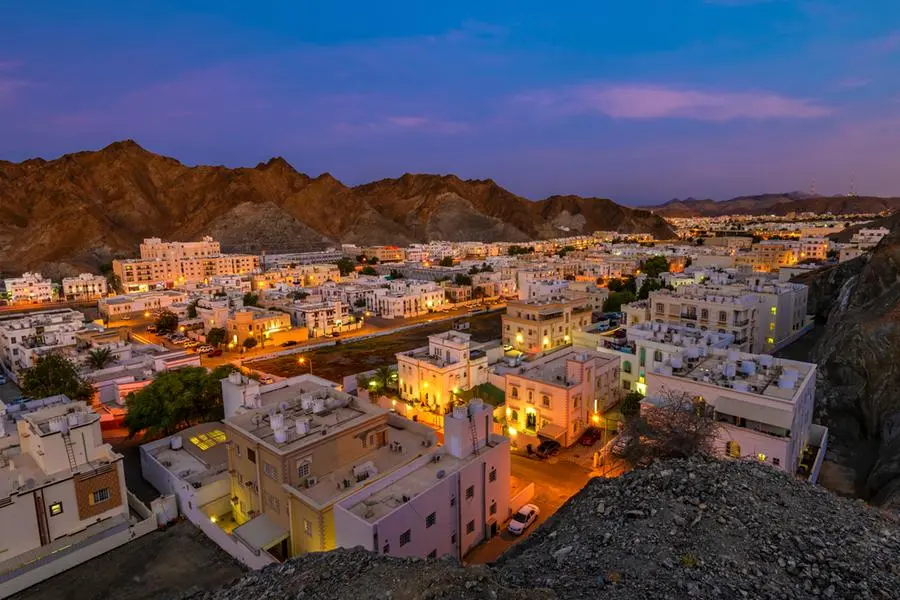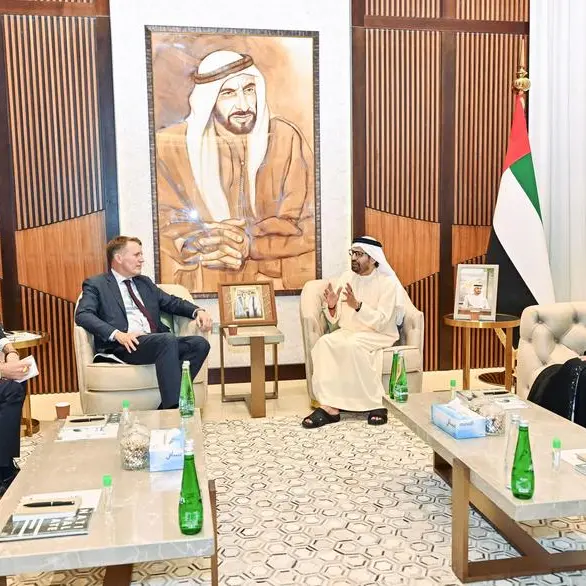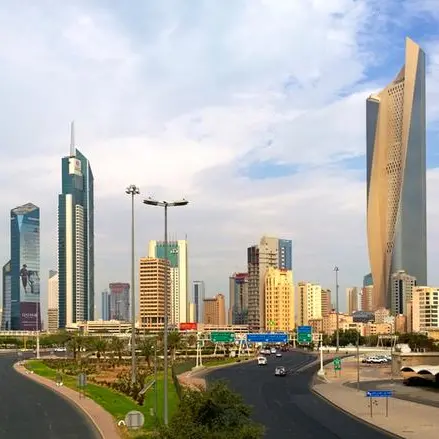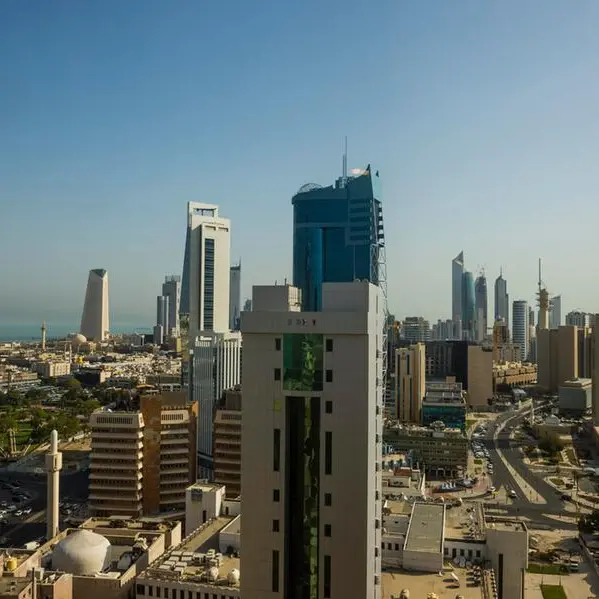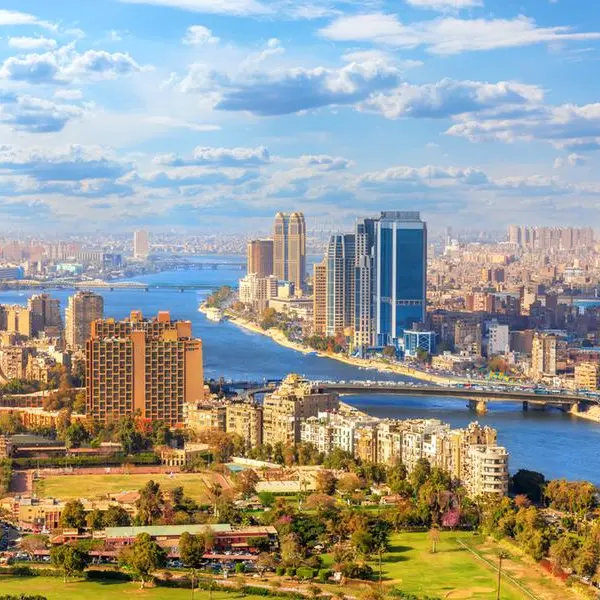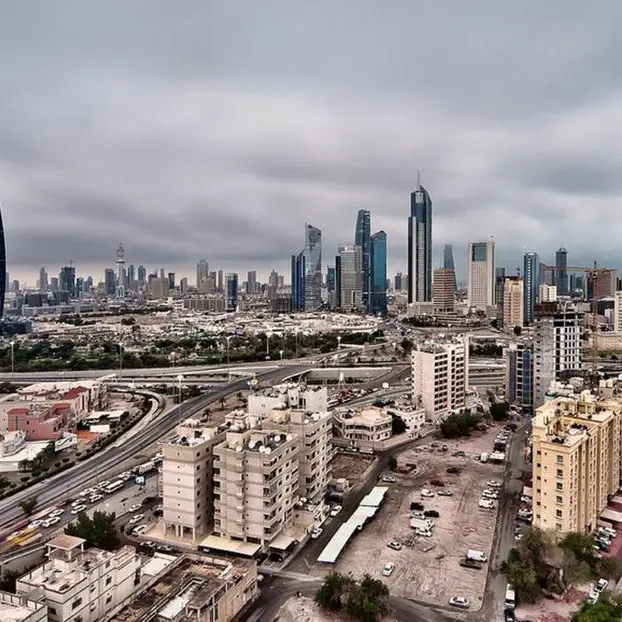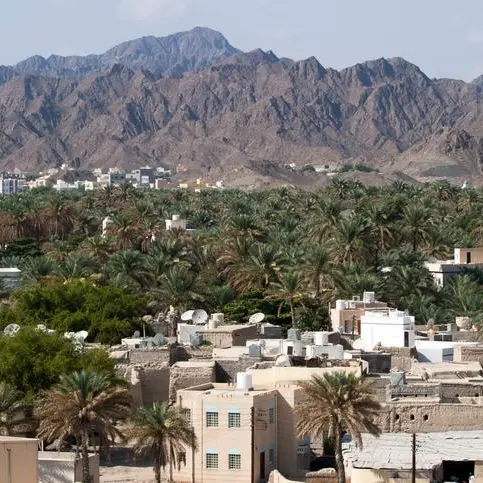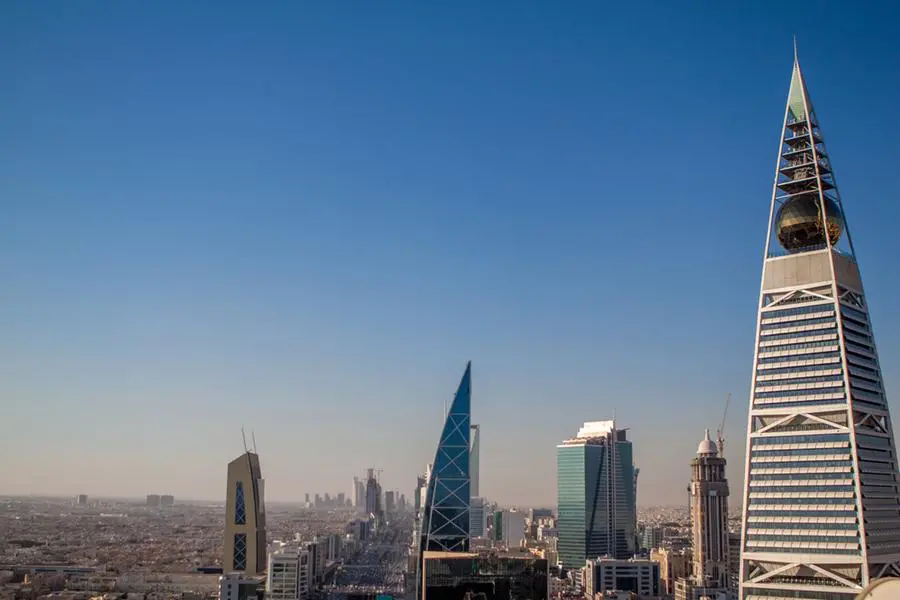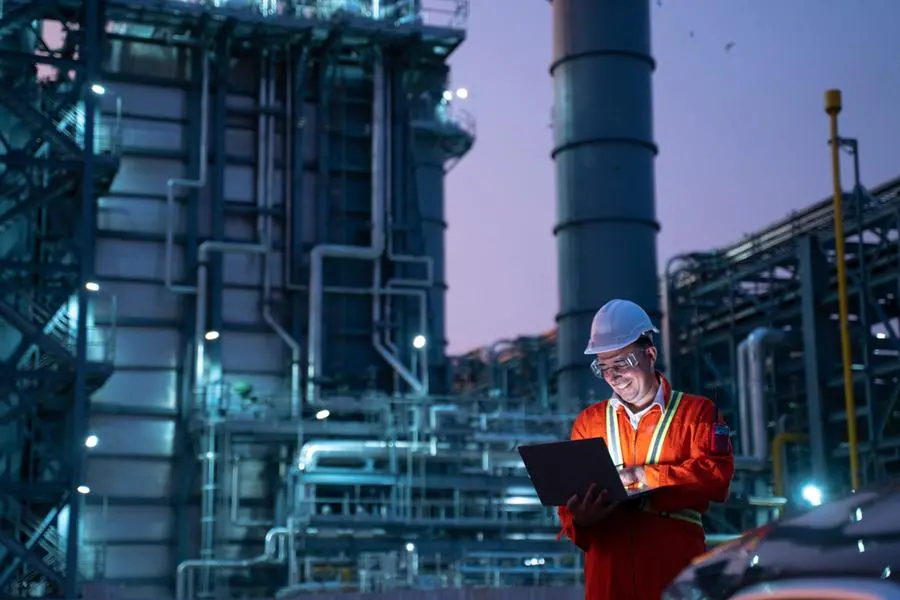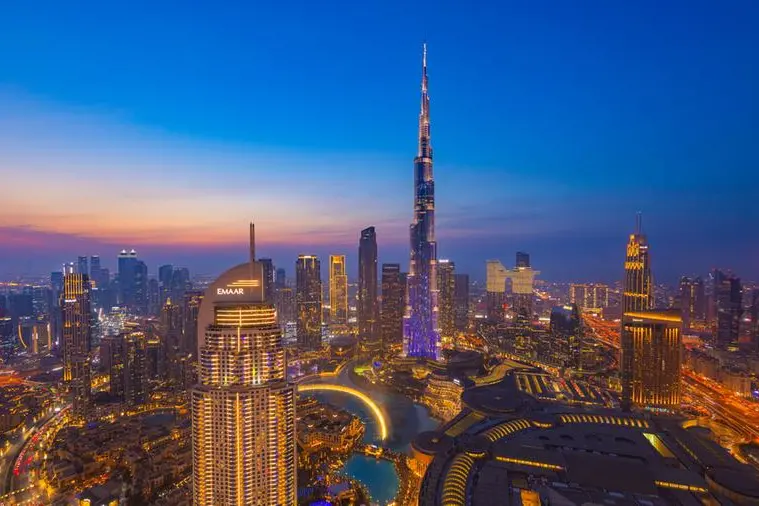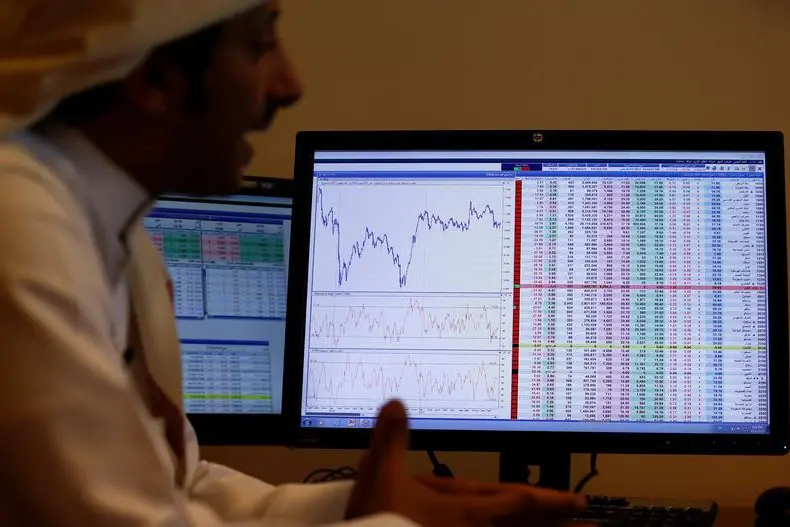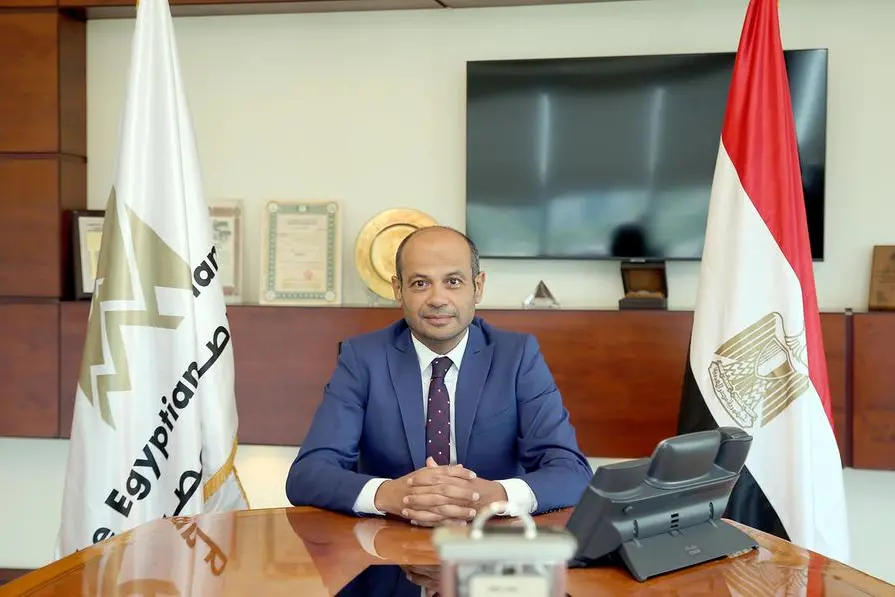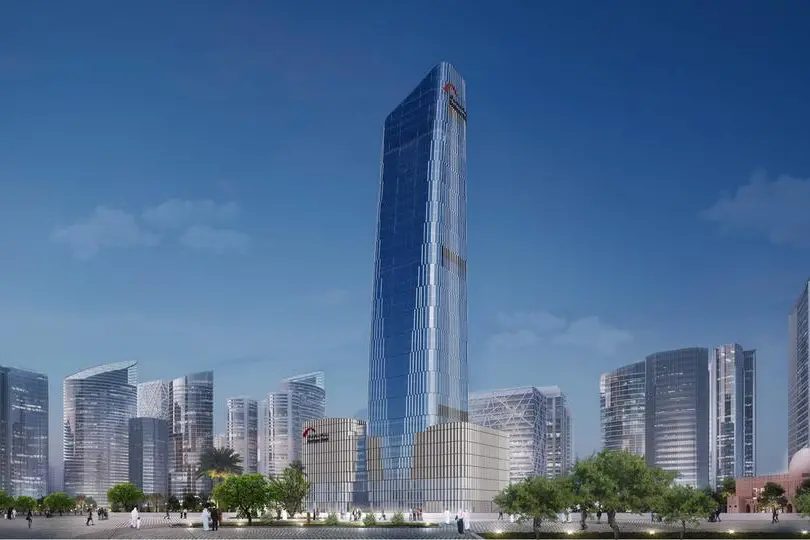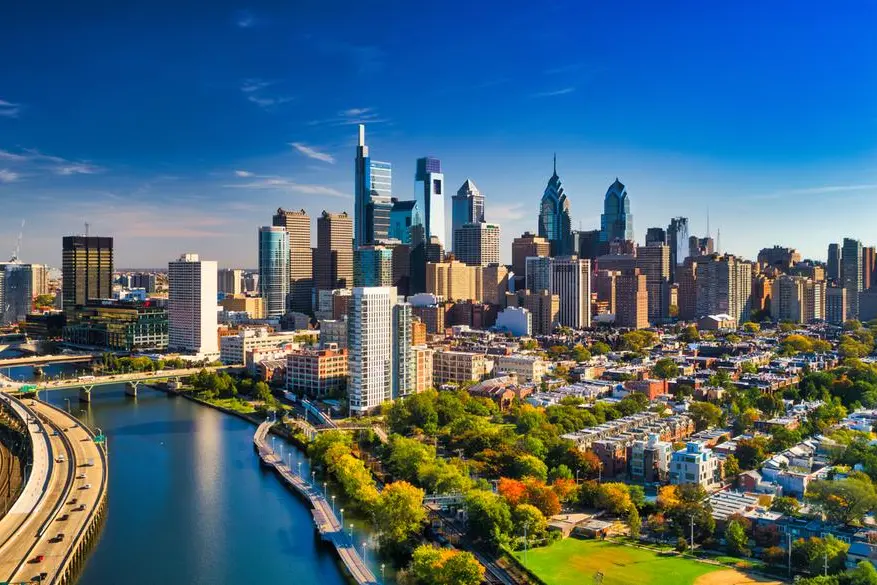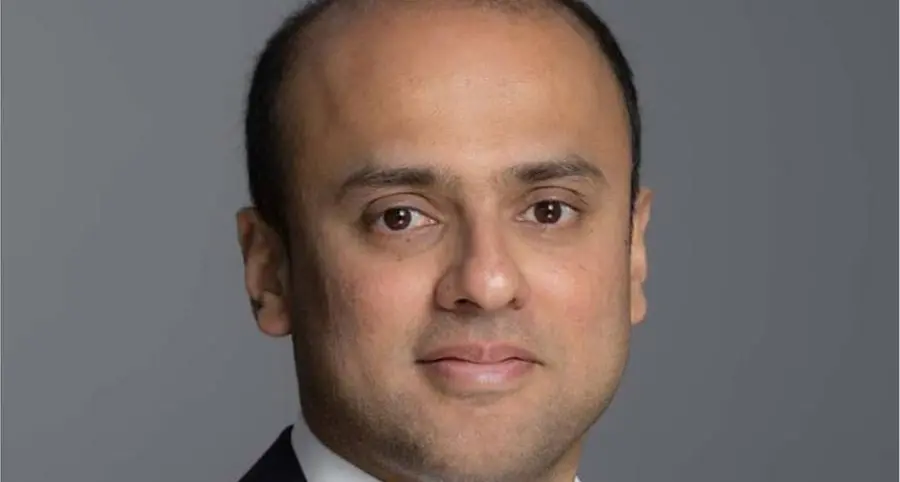PHOTO
Photo taken from Darsait beach and costal area. also Darsait is a residential locality in Muscat, the capital of the Sultanate of Oman. Image used for illustrative purpose. Getty Images
MUSCAT: As Oman accelerates its shift toward renewable energy, industry leaders stress the need for infrastructure resilience, grid modernisation, and energy storage solutions to meet the country’s ambitious clean energy targets. Speaking at Oman Climate Week, Ahmed Abdel Magied, Head of Business Development at Oman
EDF, highlighted the key challenges and opportunities in the transition.
EDF Group, a multinational integrated energy utility, generates 94% of its electricity from carbon-free sources, with operations in 25 countries and a total capacity of 140 GW. In the Middle East, EDF has developed nearly 8 GW of renewable power, offsetting over 10 million tonnes of CO₂ annually. In Oman, the company is involved in major renewable projects, including the 500 MW Manah 1 solar plant and a large-scale green hydrogen facility powered by 4.5 GW of renewable capacity.
*OMAN’S RENEWABLE ENERGY GOALS AND CLIMATE RISKS*
Oman has set ambitious targets of 30% renewable energy by 2030 and 39% by 2040, requiring a mix of large-scale solar and wind projects integrated with a stable grid. However, climate change poses new risks, particularly the increase in wind speeds, which could impact the durability of renewable energy infrastructure.
"All renewable assets are built to withstand specific wind speeds under industry design standards, categorised into different levels. Category 1 represents lower wind speeds, while Category 3 covers significantly stronger winds," Magied explained. "Most existing projects follow Category 1 standards, but as climate conditions change, these specifications may no longer be sufficient to ensure long-term resilience."
Magied emphasised the need for stronger industry standards to address climate risks. "We must develop solutions that allow renewable energy assets to withstand harsher weather conditions while remaining cost-effective. Innovation in design and construction will play a crucial role in ensuring long-term sustainability and energy affordability for consumers."
*GRID CHALLENGES IN TRANSMISSION AND DISTRIBUTION*
With renewable energy generation spread across different regions, efficient transmission and distribution have become critical challenges. A key concern is transporting electricity from the southern production sites to the northern consumption hubs, requiring careful grid synchronisation and investment in transmission networks.
Additionally, Oman is introducing self-generation options for consumers, such as rooftop solar panels, allowing households and businesses to produce their own power. While this supports renewable energy adoption, it also changes traditional electricity flow, requiring more dynamic grid management.
"The grid must adapt to two-way electricity flows, where consumers are also producers. This means investing in smart grids, smart meters, and digital innovations to enhance network stability," Magied said. "Reinforcing the grid will also support the integration of new energy technologies, including electric vehicles and distributed solar systems."
*ENERGY STORAGE AS A SOLUTION FOR GRID STABILITY*
Given the intermittency of solar and wind energy, large-scale energy storage solutions are essential to balance supply and demand. Magied pointed to pumped hydro storage as a promising solution for Oman.
"In addition to its abundant solar and wind resources, Oman has a third natural advantage—its mountainous landscape," he noted. "This makes it an ideal location for pumped hydro storage, a proven technology that allows excess renewable energy to be stored by pumping water to a higher elevation and releasing it when needed."
EDF has extensive experience in hydroelectric power, operating 22 GW of capacity globally, including 5 GW of pumped hydro storage. The company is also involved in the first-of-its-kind 250 MW / 1,500 MWh pumped storage project in the UAE.
"Oman’s landscape and water resources provide a strong opportunity for pumped hydro storage, which could play a key role in ensuring grid stability and accelerating the country’s energy transition," Magied concluded.
2022 © All right reserved for Oman Establishment for Press, Publication and Advertising (OEPPA) Provided by SyndiGate Media Inc. (Syndigate.info).
